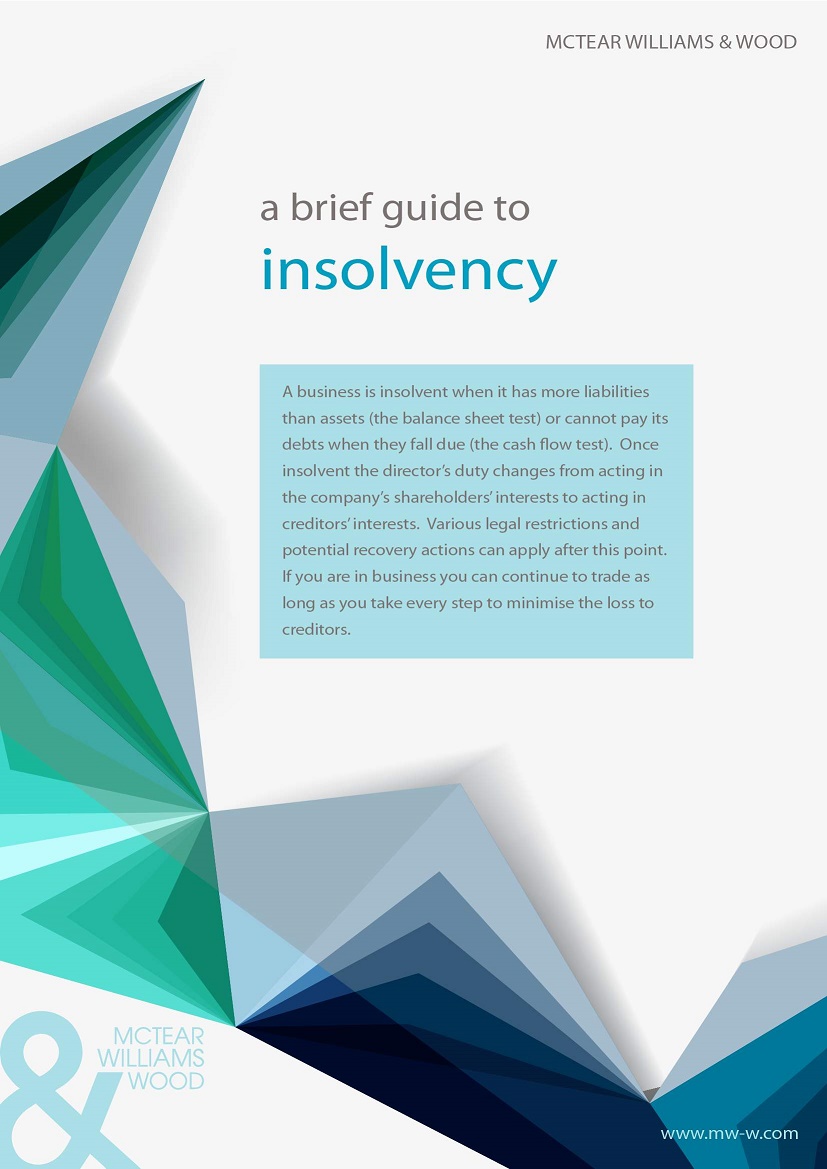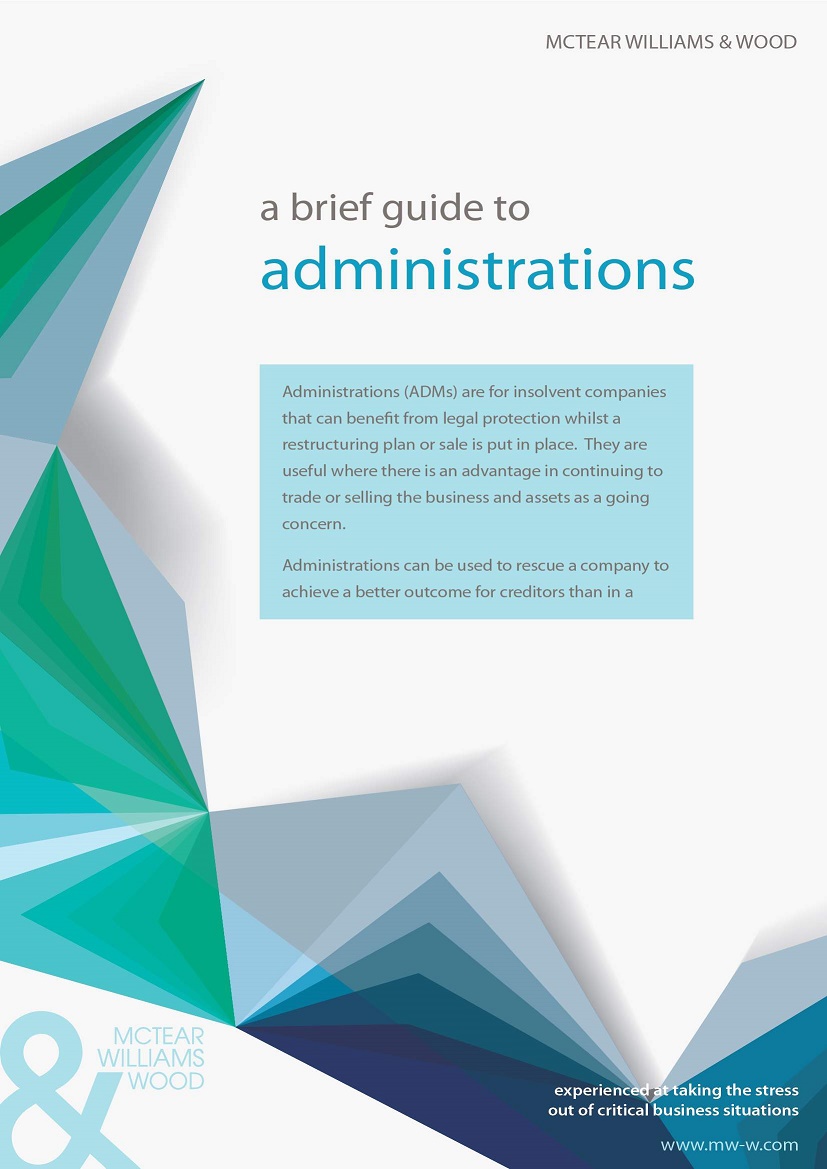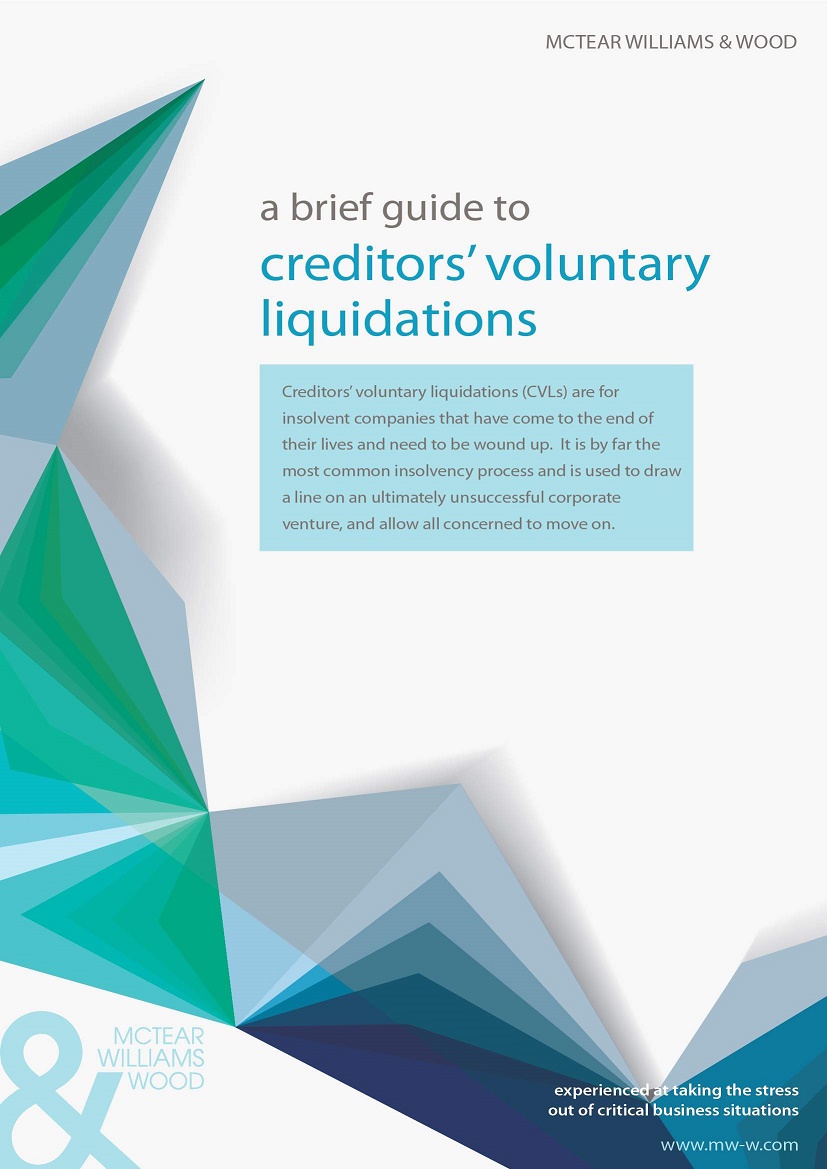Company Insolvency Help: What Are My Options?
A limited company in financial trouble has five main options
When we talk about saving the business we do not necessarily mean saving the limited company. Sometimes you can keep the trade going and the employees together by carrying on trading in a new limited company.
Often directors and business owners do not know what they need to do or what the options are but broadly they fall into two categories:
- Those that know they are in trouble but are trying to survive and keep going. They may engage a few times as they fight to survive. They usually think their options are 1,2 and 3; or
- Those where clearly it is over and they cannot trade on and out of the situation. These options are usually 4 and 5.
So what are the insolvency options in some more detail:
- Put in new funds or arrange a time to pay arrangement. This is typically a company that has had a one-off hit for example a large bad debt and has a core business that makes money and they just need some time.
Often with a time to pay this means asking HM Revenue and Customs (“HMRC”) to give you 6 to 12 months to catch up with VAT or PAYE arrears, providing you can keep payments up to date. This is reasonably easy to secure if it is the first time you have asked HMRC. Other suppliers are usually are okay if you ask them to let you have 3 to 6 months.
Put in more money – another example of this sort of situation is the shareholders or directors putting in more funds to cover a bad patch. - Company Voluntary Arrangement (“CVA”) – these are rare and hard to get off the ground. Basically, a CVA is an extended time to pay agreement, allow you to pay back what you owe over a period of up to five years. HM Revenue and Customs are hard on them and but usually vote yes. They will usually block you taking any dividends during the period of the CVA. You need 75% creditors' approval for the CVA. Unfortunately CVA’s often fail at a later date because the company has over promised or not solved its fundamental problems.
Most suppliers in a CVA want cash on delivery for supplies post the CVA and the company credit rating is tarnished. - Pre-pack administration sale. This where you line up a buyer before Administration and agree all the terms of a sale. Then go into Administration and sell the assets. Creditors do not like them as they feel this is unfair. They can be used to settle shareholder disputes and the richest shareholder wins by buying back the assets and business. Our regulators review these carefully as they often have a bad press. A key rule is the business has to be advertised for sale to justify the sale price but often the advertising is very limited, and you don’t have long to save the business.
The other alternative is Administration without knowing who the buyer is. We use an agent to advertise the business and assets for sale. Administration can also be used for a more organised wind down for example to finish off work in progress or other contracts. One issue with Administration is that TUPE (Transfer of Undertakings (Protection of Employment) Regulations applies – so employees have to legally follow with the business to the new owner and this often halts the sale as it means the business can not be easily slimmed down. - Liquidation. This is where a business is closed and any staff made redundant. If there are premises these are closed and locked up until an auction of the assets takes place at a later date. There are a couple of options here – the director does not want to carry on so just hands us the keys and we get on with it. The second option is they want to buy the assets back and carry on trading in a reduced form which we can help them with. They just have to pay the ‘auction’ value of the assets.
Liquidation takes about 10 days. There is no longer a need for a creditor’s meeting unless at least 10% of creditors request it. In my experience with liquidation we find debtor collection is always a problem. Sometimes we find there are illegal dividends or overdrawn loan accounts. We take a sensible approach on these, but they should be paid back to the company. Surprisingly there is no TUPE in liquidation so employees do not transfer. - Striking off. It only costs the £10 Companies House fee to strike off a company but be careful. It’s useful for a defunct company that is no longer trading that maybe has just a few creditors. HMRC will often lodge an objection if there are tax returns outstanding. After three months the company will be struck off. You need to follow the rules as explained on form DS01 and notify all creditors, employees, shareholders, pension managers and other directors of your application to strike off. You have seven days and failure can be a criminal offence so in many cases directors like to take the safe option of liquidation
If you would like to know more about company insolvency and whether it is right for your business contact us today to speak with one of our expert advisers on 0800 331 7417.



